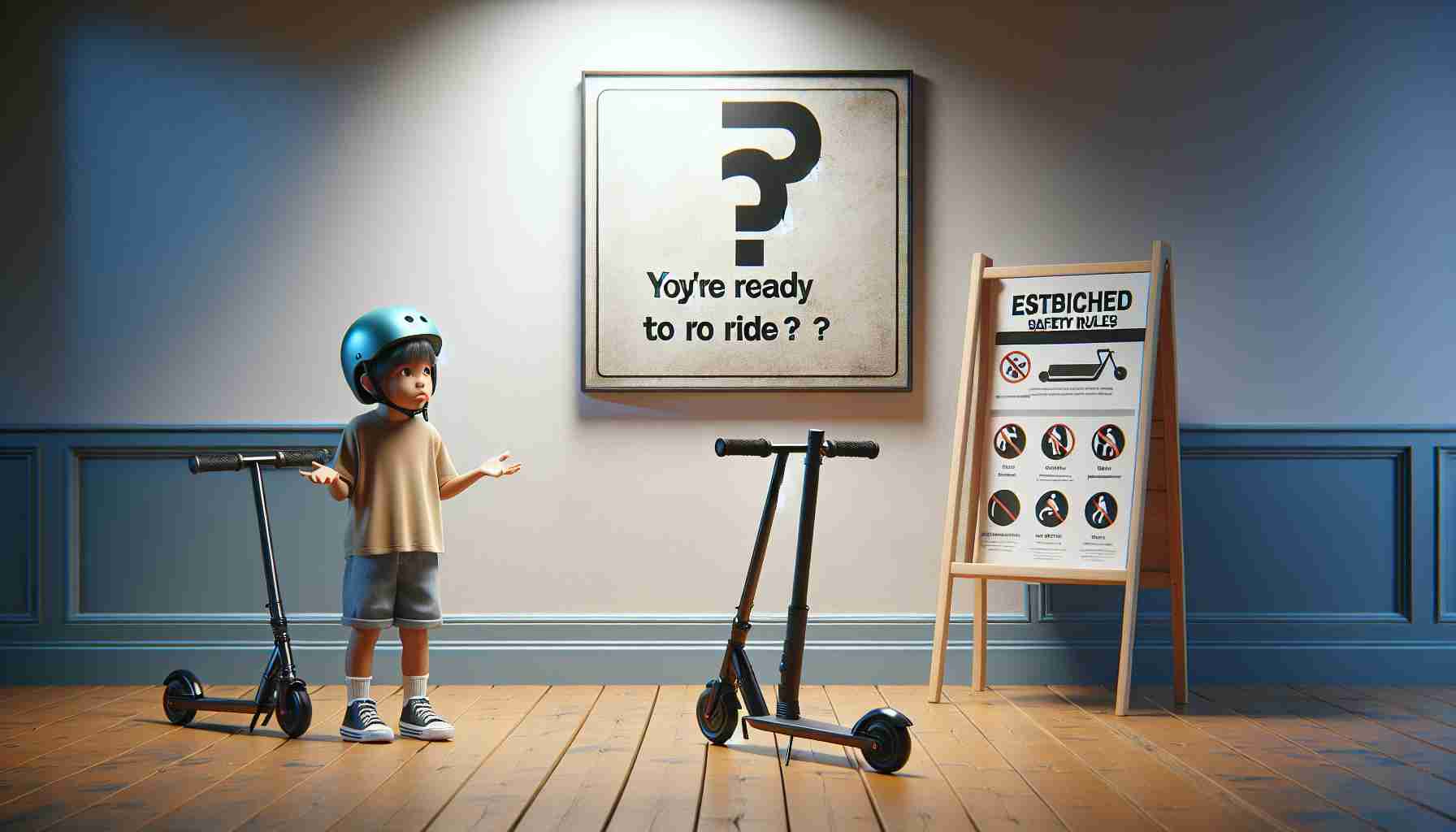Essential Guidelines for E-Scooter Riders
As e-scooters become increasingly popular gifts during the festive season, understanding the laws surrounding their use is vital for any parent considering this option. These motorized foot scooters have gained traction, especially with the rise of rental services in urban areas.
Defined in state statutes, an e-scooter is a device featuring handlebars and a standing or optional seated area. Powered by an internal combustion engine or electric motor, these scooters typically have no more than two wheels, with diameters not exceeding 12 inches, and can reach speeds of up to 15 mph on flat terrain.
In Minnesota, these scooters are largely regulated like bicycles. Importantly, they do not require registration, title certificates, or insurance. Your child can legally operate an e-scooter at the age of 12 without a driver’s license. However, there are specific restrictions to consider.
E-scooter riders cannot use sidewalks except when crossing. They are permitted on bike paths and lanes unless local regulations dictate otherwise. Additionally, while riding, children must stay as close to the road’s right-hand side as possible and cannot carry passengers. Safety equipment is essential; any rider under 18 must wear a helmet, and when riding after dark, the scooter must meet lighting standards similar to bicycles.
Make sure your child is aware of these rules for a fun and safe e-scooter experience.
The Ultimate Guide to E-Scooter Safety and Regulations for Young Riders
Introduction to E-Scooters
As e-scooters continue to gain popularity, particularly as gifts during the holiday season, it is crucial for parents to understand the laws and safety regulations surrounding their use. These convenient and compact transportation devices are designed for easy mobility in urban settings, especially with the rise of various rental services.
Understanding E-Scooter Specifications
E-scooters are typically defined as vehicles with handlebars and a standing or optional seat area. They are powered by either an internal combustion engine or an electric motor, generally featuring:
– Two wheels with diameters not exceeding 12 inches.
– Speed capabilities of up to 15 mph on flat terrain.
Legal Requirements and Age Restrictions
In many states, including Minnesota, e-scooters are regulated similarly to bicycles. Here are some key points regarding the legal status of e-scooters:
– No Registration or Insurance Needed: Unlike cars, e-scooters do not require registration, title certificates, or insurance.
– Minimum Age: Children as young as 12 can operate an e-scooter legally, without the need for a driver’s license.
Riding Guidelines for Safety
To ensure a safe riding experience, e-scooter users must adhere to certain guidelines:
– Sidewalk Usage: Riders are typically prohibited from using sidewalks, except when crossing.
– Bike Paths and Roads: E-scooters are allowed on bike paths and lanes unless otherwise restricted by local ordinances.
– Safety Gear: Helmets are mandatory for riders under 18, and proper lighting is required for nighttime riding.
– Riding Position: Riders should stay as close to the right-hand side of the roadway as possible and are not allowed to carry passengers.
Pros and Cons of E-Scooter Use
Pros:
– Eco-Friendly Transportation: E-scooters offer a sustainable alternative to cars, reducing traffic congestion and lowering carbon emissions.
– Convenience: They are easy to use, portable, and perfect for short distances.
– Cost-Effective: Riding e-scooters can save money on fuel and parking fees.
Cons:
– Safety Concerns: E-scooter accidents can lead to injuries, particularly among inexperienced riders.
– Potential Legal Restrictions: Regulations vary by location, potentially complicating where and how e-scooters can be used.
Security Aspects and Innovations
As technology advances, so does the need for increased safety and security measures for e-scooters. New innovations include:
– GPS Tracking: Many e-scooters now feature GPS functionality to help prevent theft and assist in locating missed rides.
– Advanced Helmets: Smart helmets equipped with Bluetooth and lights are becoming popular, enhancing visibility and connectivity while riding.
Market Trends and Insights
The e-scooter market has experienced significant growth, fueled by urbanization and the demand for green transport solutions. Trends indicate:
– Increased Rental Services: Many cities are expanding e-scooter rental services, making them more accessible.
– Urban Planning Changes: Municipalities are adapting infrastructure to accommodate e-scooter riders, including more bike lanes and designated parking areas.
Conclusion
Understanding the essential guidelines and regulations surrounding e-scooter use is vital for parents and young riders. By adhering to safety practices and legal requirements, families can ensure a fun and secure experience while enjoying this modern mode of transportation. For more detailed information on e-scooter regulations and tips, visit nhtsa.gov.
